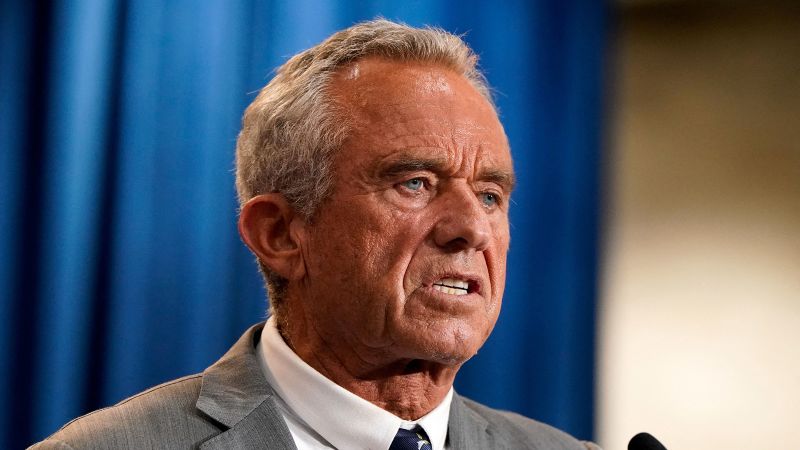Maharashtra's Healthcare Crisis: Hundreds of New Health Centres Stand Empty Due to Funding Shortfalls

Hundreds of New Health Centres in Maharashtra Remain Unused – A Blow to Public Health
Maharashtra, a state known for its vibrant economy and large population, is facing a concerning healthcare crisis. More than 200 newly constructed Primary Health Centres (PHCs) and sub-centres across the state are currently unused, a shocking revelation highlighting a critical funding shortfall. This situation prevents these vital facilities from serving the communities they were intended to support.
According to a senior official from the state's Public Health Department, the primary reason for these centres remaining closed is the lack of allocated funds. These funds are essential for procuring crucial medical supplies and, critically, for hiring the necessary medical staff. Without these resources, the centres are effectively non-functional, despite the significant investment in their construction.
The Scale of the Problem
The sheer number of affected centres is alarming. Over 200 PHCs and sub-centres represent a considerable investment of public money, and their current state of disuse is a major setback for healthcare delivery in rural and underserved areas of Maharashtra. These centres were envisioned as a cornerstone of the state’s efforts to improve access to basic healthcare services for all citizens.
Impact on Communities
The consequences of this funding shortage are far-reaching. Communities that were expecting improved access to healthcare are now left without. This is particularly impactful for vulnerable populations, including women, children, and those living in remote areas who rely on these centres for essential medical care, vaccinations, and health education.
Why is this Happening?
The reasons behind the funding shortfall are complex and likely involve a combination of factors, including budgetary constraints, delays in approvals, and potentially inefficiencies in resource allocation. The state government is facing increasing pressure to address this issue urgently. The lack of transparency surrounding the allocation of funds has also drawn criticism from opposition parties and healthcare advocates.
What Needs to be Done?
Addressing this crisis requires immediate and decisive action. Key steps include:
- Immediate Release of Funds: The state government must prioritize the release of funds specifically earmarked for medical supplies and staffing for these health centres.
- Streamlining Approval Processes: Reducing bureaucratic delays in approving funding requests will ensure that resources reach the centres promptly.
- Increased Transparency: Greater transparency in the allocation and utilization of healthcare funds will enhance accountability and prevent future shortfalls.
- Community Engagement: Involving local communities in the management and oversight of these centres can help ensure their effective operation and responsiveness to local needs.
Looking Ahead
The situation in Maharashtra serves as a stark reminder of the importance of sustained investment in public health infrastructure. Failure to address this funding crisis will not only undermine the state's healthcare goals but also have a detrimental impact on the health and well-being of its citizens. The government needs to act swiftly to ensure that these newly built health centres are opened and staffed, fulfilling their promise of accessible and quality healthcare for all.





